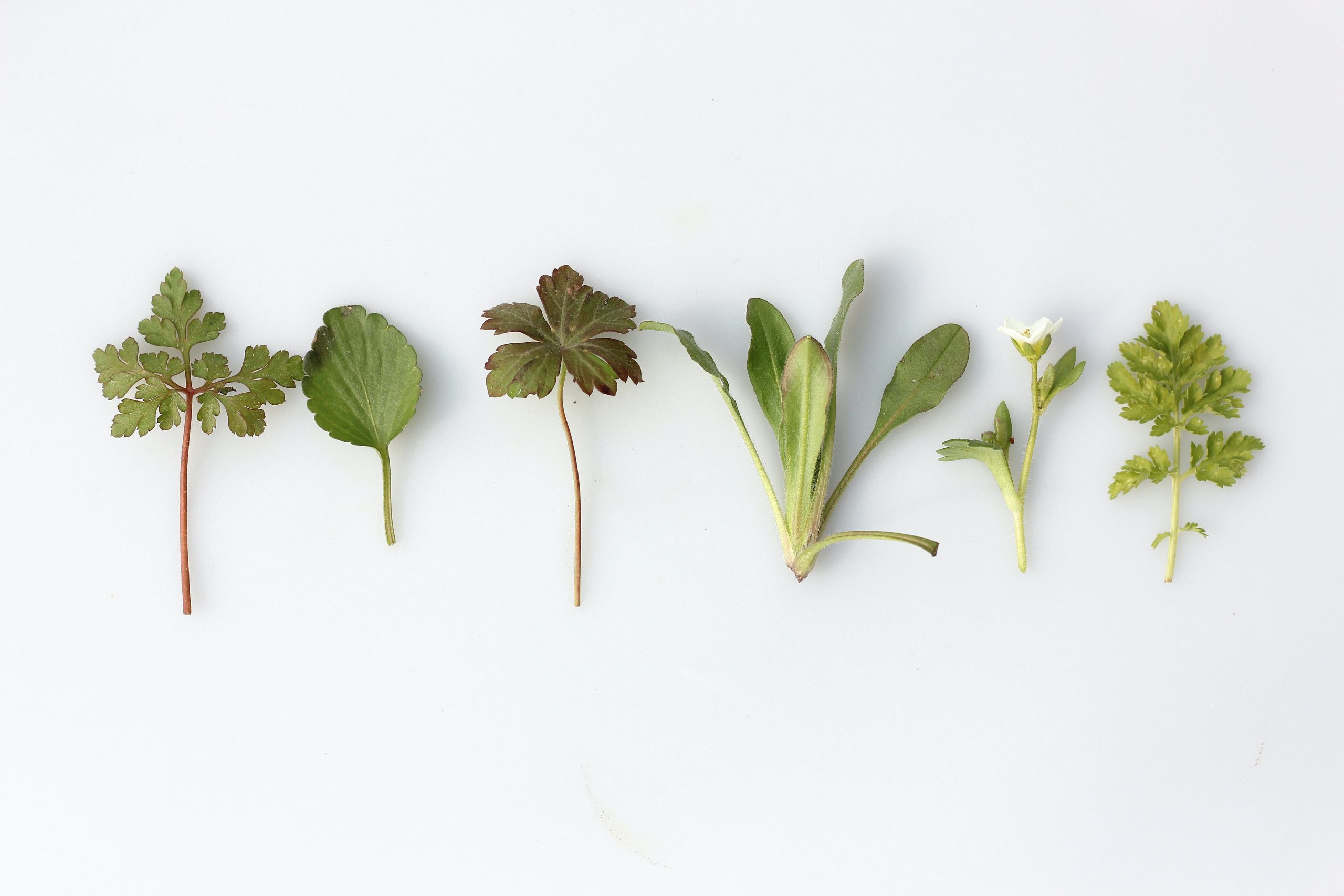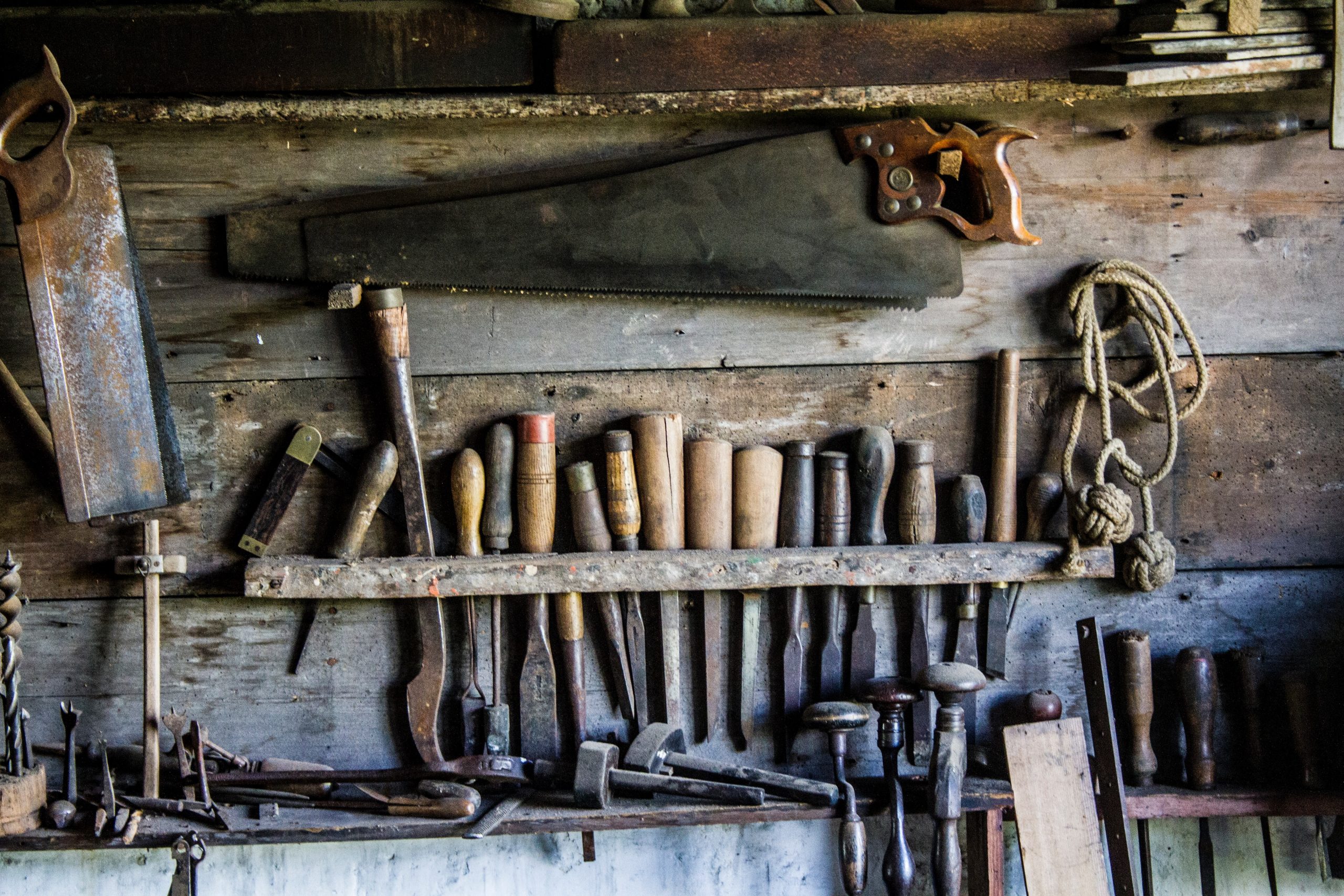
Alyssa Kennedy states in her 2016 thesis titled : Dancing to the Beat of Their Own Drum: Incorporating Art, Dance and Music as Culturally Relevant Pedagogy for Indigenous Students:
It has been found that incorporating Indigenous cultural traditions into the western-based, mainstream curriculum can work towards positively enhancing Indigenous students’ self-esteem and sense of identity (Cherubini, 2014). Yet, mainstream provincial elementary schools are doing this only to a limited extent (Ibid). There are few examples of pedagogies that celebrate critical discussion and storytelling in mainstream classrooms, and as a result, students are not given the opportunity to become co-creators and facilitators of their own learning (Ibid).
Celebrating Indigenous identity would take strides towards creating what is known as holistic curriculum (Hatcher, 2012). The idea of the holistic classroom is an environment in which curriculum is predicated on the principles of connection, balance and inclusivity, and balance is achieved through differentiated instruction and lessons that tap into multiple intelligences (Ibid). An example of using multiple intelligences to promote a holistic classroom is connecting the body and mind through movement and dance (Ibid)…
In order for students to be able to possess this comfort and confidence within their classrooms, there needs to be a reconciliation between students’ self-expression of their Indigenous identity and self-expression of Canadian identity. Research has shown that “as Canadians, we are endlessly defining ourselves, seeking to locate our sense of self in relation to some ‘Other’”, and too often in our national narrative this “Other” takes on the stereotyped form of an Indigenous person (Mannani & Thompson, 2012, p. 22). To contextualize values inherent in Indigenous education for both Indigenous and non- Indigenous students, teachers must celebrate the fact that Indigenous content is Canadian content (St. Denis, 2010).
Digging into contemporary arts education practices Stephanie Nadeau (Head of Public, Educational and Community Programs for the Ottawa Art Gallery) writes:
To any educator looking to adopt reconciliation as a core tenet of their teaching philosophy, we encourage you to supplement provincial guidelines with experiences and lessons that go further than teaching the history of colonial violence in Canada. As educators, you have the power to build your students’ understanding of the interconnectedness of colonialism, racism, ableism, sexism, gender violence and other ongoing systems of oppression.
The Commission’s report has a whole section on the healing possibilities of art, and one of the Calls to Action (number 83) asks “Indigenous and non-Indigenous artists to undertake collaborative projects and produce works that contribute to the inappropriate for elementary school children. But rather than focussing on “Indian” residential schools and Indigenous people as victims, Jaime Koebel’s Super Hero Plant Trading Cards project is about sharing land-based knowledge across cultures. Indigenous worldviews do not center on human beings, but see people as just part of a complex web of beings. We are interrelated and depend on each other.Bringing contemporary Indigenous arts into the classroom disrupts the all too present curricular narrative that positions Indigenous cultures and contributions to Canada as historical and static. First Nations, Inuit and Métis artists are at the forefront of the Canadian contemporary art world. The work of artists such as Rebecca Belmore, Shelley Niro, Brian Jungen, Edward Poitras, Faye Heavyshield, Sonny Assu, Jeneen Frei Njootli, Dayna Danger, Annie Pootoogook, Bear Witness, Cheryl L’Hirondelle, Christi Belcourt, poignant critiques of colonialism, reveals powerful strategies for reclamation, and participates in a global discourse on Indigeneity.
CONSIDER: Please take time to read the following booklet produced by the Ottawa Art Gallery.
Contemporary Indigenous Arts in the Classroom (2018) was one of the many responses to call 83 from the Truth and Reconciliation Commission of Canada.
Call #83. We call upon the Canada Council for the Arts to establish, as a funding priority, a strategy for Indigenous and non-Indigenous artists to undertake collaborative projects and produce works that contribute to the reconciliation process.
Take time to complete Jamie Koebel’s activity found on pages 14-23. Think about how they can help shape your final assignment.
For further interest into Jamie’s work and her process:
Art 21 is a an incredible resource for both artists and educators. Connecting the two worlds together to bring contemporary art into your classroom. They suggest:
Before focusing on a particular question, it may help to begin with a general brainstorm about art being made today, to find out what ideas your students already have. Try to solicit as many different adjectives, ideas, questions, or prejudices as you can, to get a sense of what your students already know, and topics or misconceptions that might be useful to explore further.
Use the following questions and activities as a way to initiate a broad-based dialogue about contemporary art and specific ideas related to where art is seen, how it is made, and who makes it.
- Why is art important? What role does art play in our society? What value is placed upon artists and their art, and why?
- What makes something a work of art? Is art defined by particular boundaries? If so, what are they and how have they changed over the course of history?
- What is the role of the artist? How has this role changed over time?
- What distinguishes visual art from other forms of visual communication like advertising, design, or photojournalism?
- Who decides what a work of art means—the artist, the critic, the viewer? How do history and the passage of time affect the meaning of an artwork?
- What are the most important skills an artist can have?
- What materials and tools do artists use to create art today? Have the tools changed over time?
- Where do artists find inspiration?
- What is the difference between working alone and collaborating on an artwork with fabricators, audiences, or others?
- In addition to museums and galleries, where else can art be shown? How does the location or context of a work of art affect its meaning?
- What are the subjects, issues, and themes important to artists working today?
- What role does beauty play in contemporary art? Does a work of art need to be beautiful? Why, or why not? Who decides what is beautiful?
Sources:
https://oaggao.ca/sites/default/files/webmaster/CIAC-English-Online-Compressed.pdf
https://www.cbc.ca/news/politics/truth-and-reconciliation-94-calls-to-action-1.3362258
